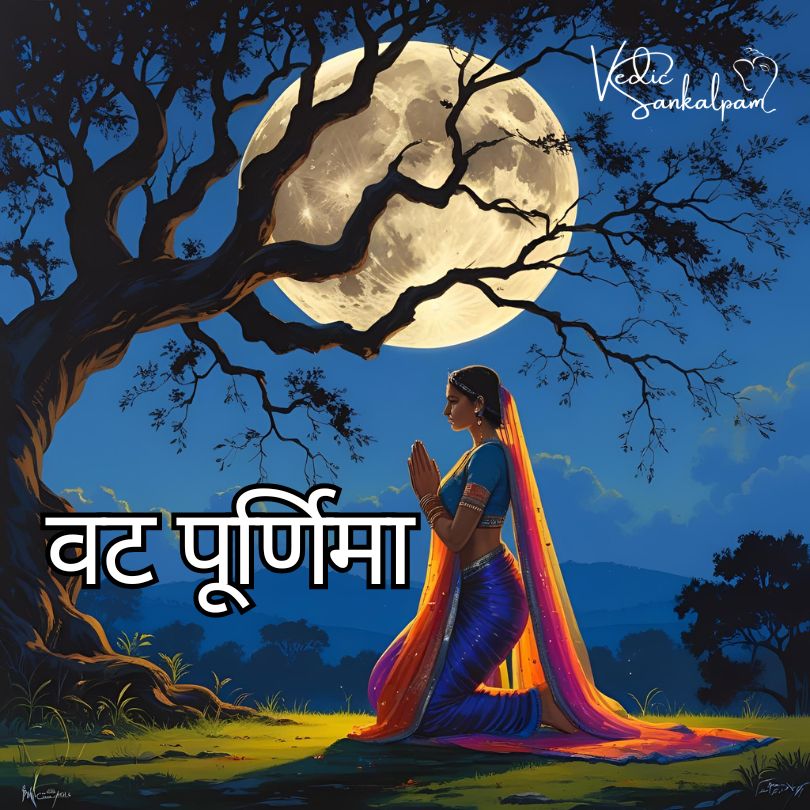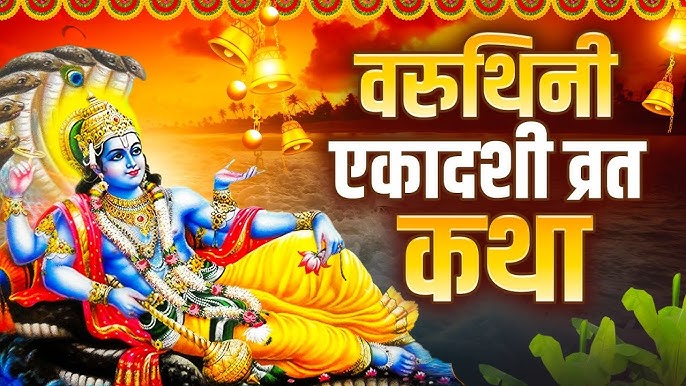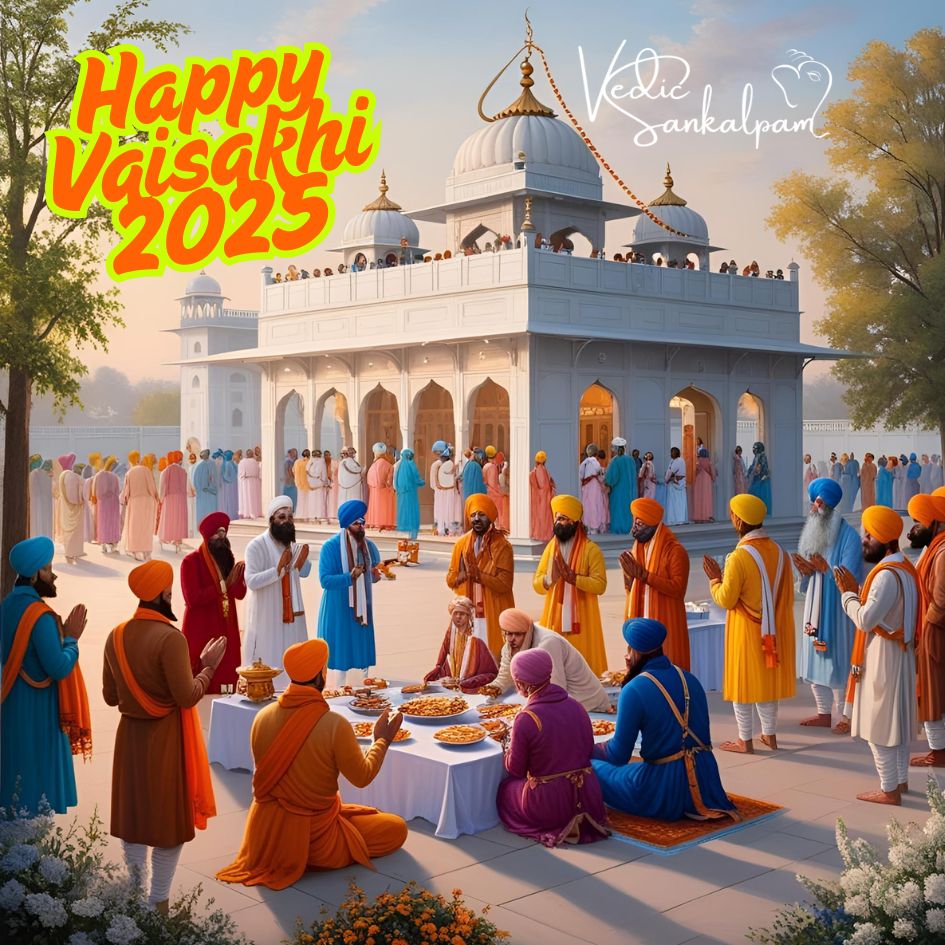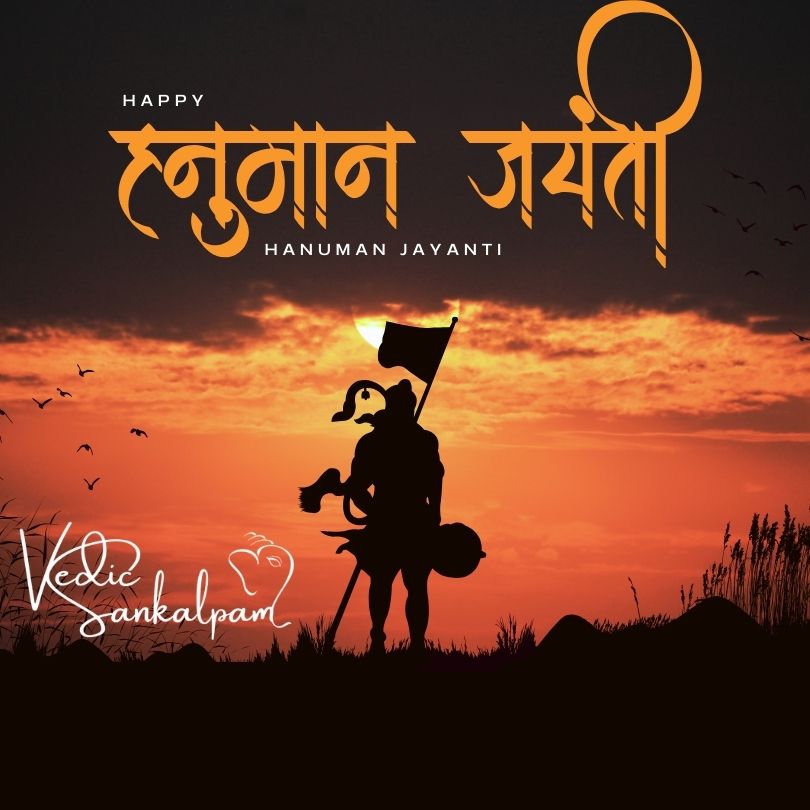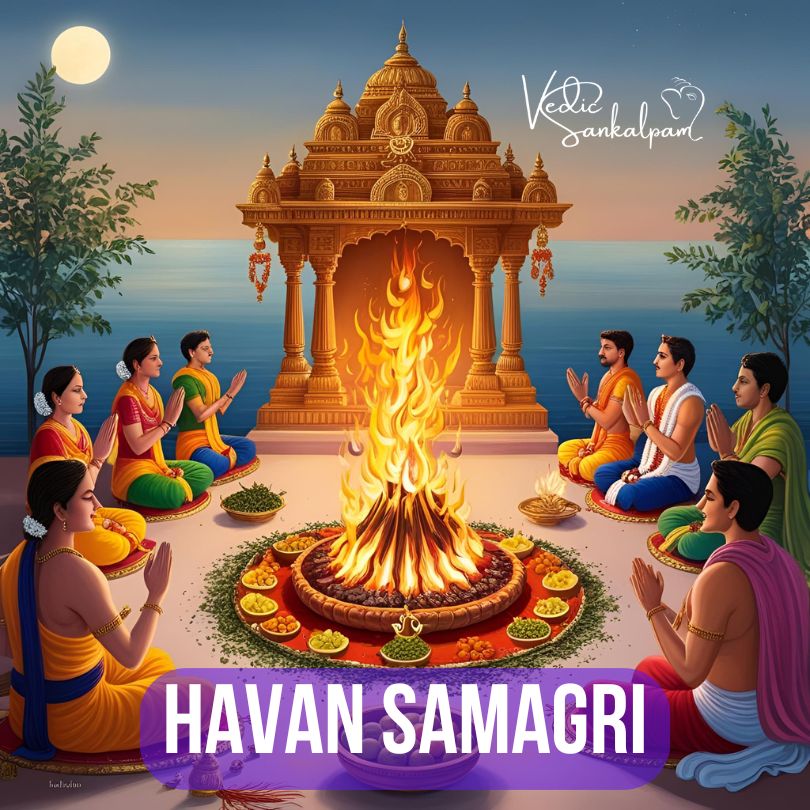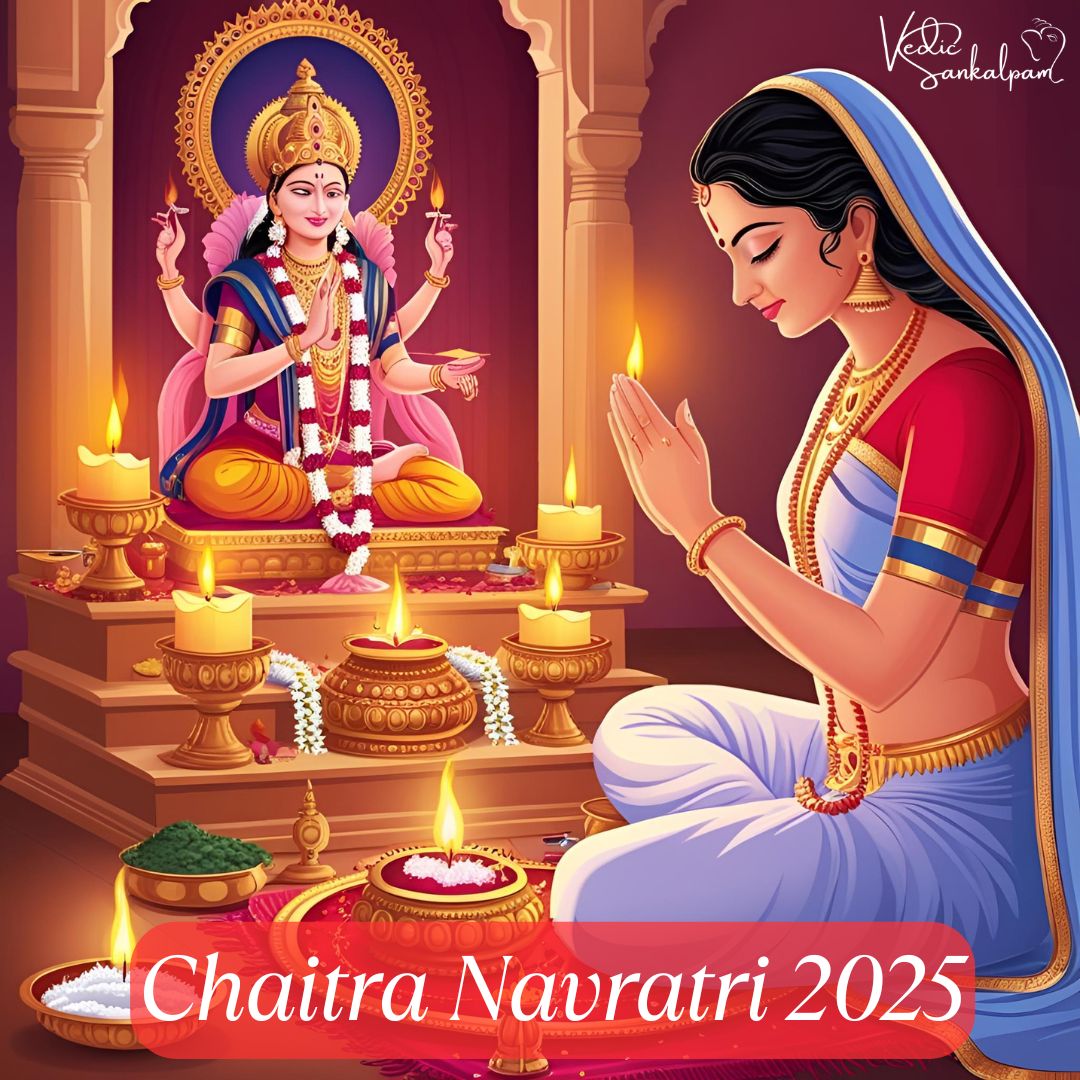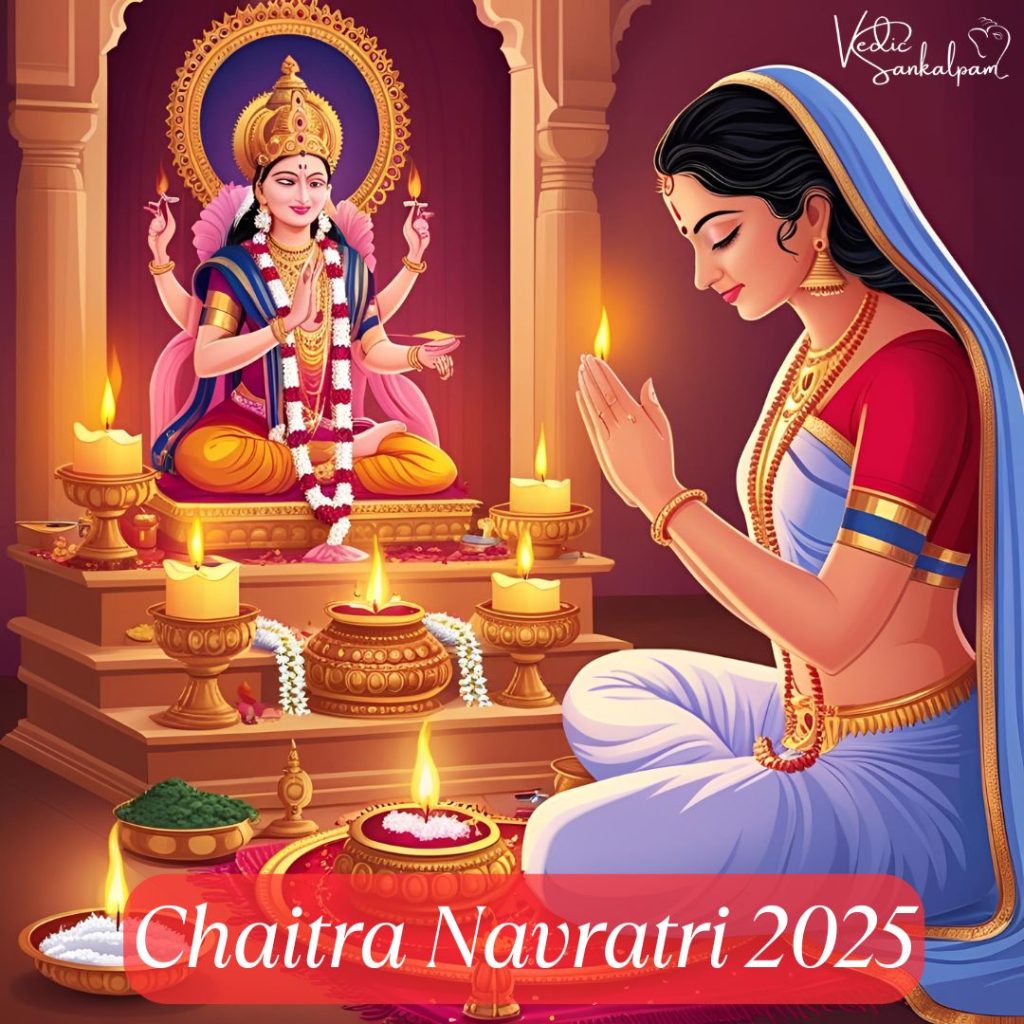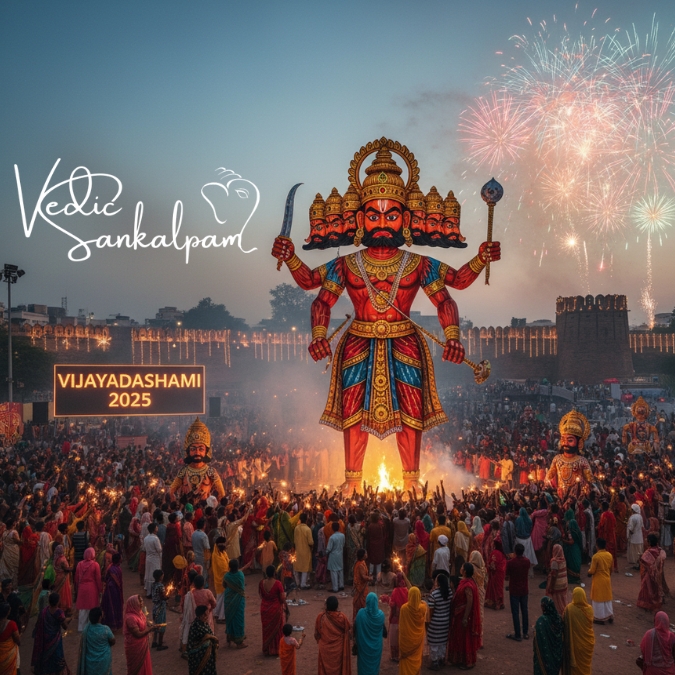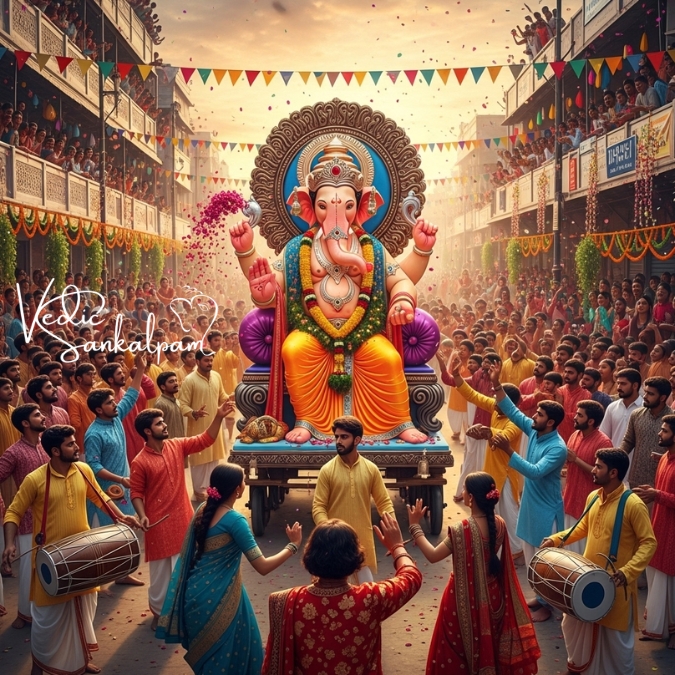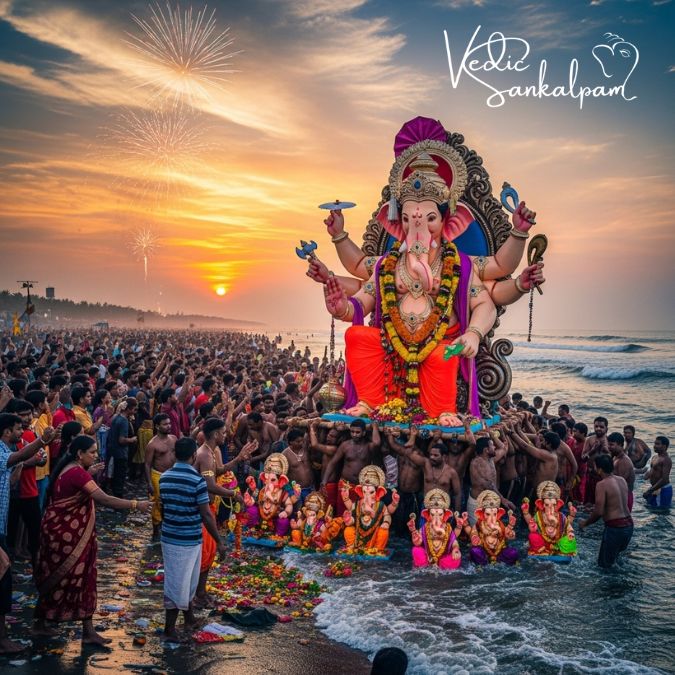The month of Sawan—also known as Shravan Maas—holds deep spiritual significance for millions of Hindus across the world. This sacred period, dedicated to Lord Shiva, is considered one of the holiest months in the Hindu calendar. In 2025, devotees are already anticipating the arrival of Sawan with immense devotion and preparation for fasting, worship, and religious observances.
🗓️ Sawan 2025 Start and End Dates
In 2025, the month of Sawan will commence on:
-
Start Date: Monday, July 14, 2025
-
End Date: Monday, August 11, 2025
These dates are according to the North Indian Purnimant calendar system, which is widely followed in states like Uttar Pradesh, Bihar, Madhya Pradesh, Rajasthan, Himachal Pradesh, and Delhi. However, in the South Indian Amavasyant calendar, observed in Andhra Pradesh, Karnataka, Maharashtra, Goa, and Tamil Nadu, Sawan typically begins and ends around the same timeframe.
📅 Sawan Somwar Vrat Dates in 2025
The Sawan Somwar Vrat is the highlight of the month. Devotees observe fasting and offer special prayers to Lord Shiva on each Monday of Sawan.
Here are the Somwar (Monday) fasting dates for 2025:
-
First Sawan Somwar: July 14, 2025
-
Second Sawan Somwar: July 21, 2025
-
Third Sawan Somwar: July 28, 2025
-
Fourth Sawan Somwar: August 4, 2025
-
Fifth Sawan Somwar: August 11, 2025
🔱 Significance of Sawan Month
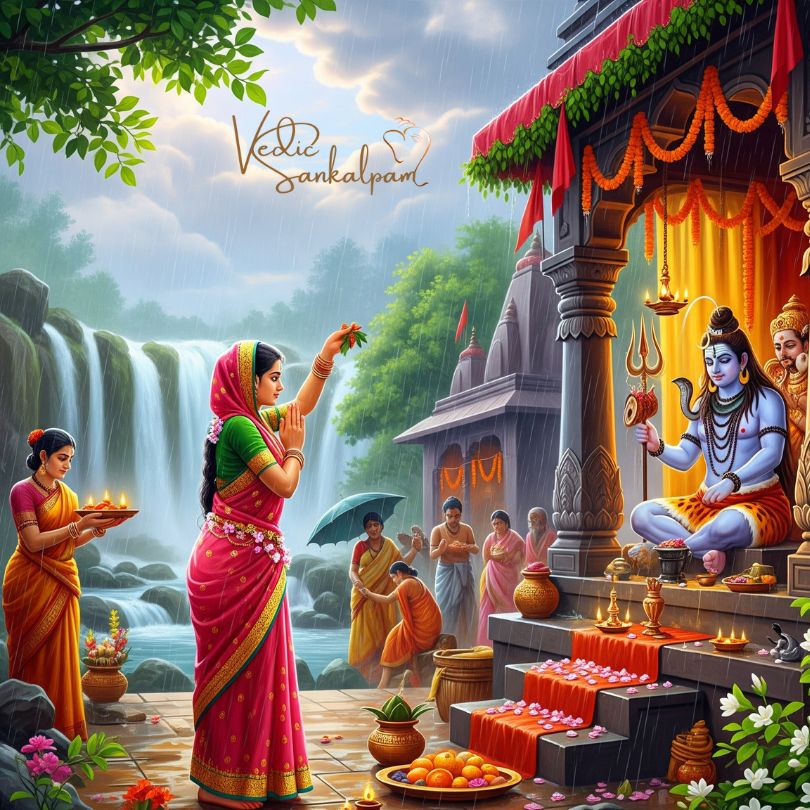
The month of Sawan is steeped in spiritual symbolism and is considered the best time to worship Lord Shiva. According to Hindu mythology, this is the month when Lord Shiva drank the Halahala poison during the Samudra Manthan, saving the universe from destruction. The act turned his throat blue, earning him the name Neelkanth.
Devotees believe that worshipping Shiva in Sawan fulfills all desires, brings prosperity, and cleanses one’s karma. Many young women also observe the Sawan Somwar Vrat for finding a compatible life partner.
🌺 Rituals and Observances in Sawan
The rituals during the Sawan month vary by region, but some common observances include:
1. Sawan Somwar Vrat (Monday Fasting)
Devotees keep a strict fast every Monday, often consuming only water or fruits. Shiva temples witness huge crowds of pilgrims performing Abhishekam with milk, water, honey, and belpatra (bilva leaves).
2. Kanwar Yatra
One of the most iconic traditions of Sawan is the Kanwar Yatra, where Kanwariyas (Shiva devotees) carry sacred water from the Ganga River to offer at Shiva temples. The Kanwariyas travel on foot over long distances, chanting “Bol Bam” in praise of Lord Shiva.
3. Rudrabhishek
Rudrabhishek is a powerful Vedic ritual performed by offering holy items like water, milk, ghee, curd, sugarcane juice, and flowers to the Shiva Linga, accompanied by chanting Vedic mantras.
4. Wearing Green Clothes
Wearing green, especially on Mondays, is symbolic of fertility and prosperity. It is especially common among women during the month of Shravan.
🌙 Other Important Festivals in Sawan 2025
Sawan is packed with various festivals and auspicious days:
1. Hariyali Teej – July 30, 2025 (Wednesday)
Celebrated by married women for the longevity and prosperity of their husbands, this festival involves singing, dancing, and applying henna.
2. Nag Panchami – August 1, 2025 (Friday)
On this day, serpents are worshipped with milk and prayers, as they are considered closely associated with Lord Shiva.
3. Raksha Bandhan – August 10, 2025 (Sunday)
The beloved festival of Raksha Bandhan, celebrating the bond between brothers and sisters, also falls in Sawan.
🌄 Why Sawan Is Spiritually Powerful
Sawan is believed to be a time when cosmic energies align favorably. According to Vedic astrology, during this month, the planetary positions amplify the effectiveness of spiritual practices. Chanting Shiva mantras like:
-
“Om Namah Shivaya”
-
“Mahamrityunjaya Mantra”
…during Sawan is said to yield maximum benefits.
Many sages and yogis also observe strict spiritual disciplines, including meditation, silence (mauna), and fasting, to deepen their spiritual connection with Lord Shiva.
🍃 Dietary Rules During Sawan
Devotees abstain from certain foods during the month, aligning with both spiritual and Ayurvedic principles. Common practices include:
-
Avoiding non-vegetarian food
-
Avoiding garlic and onion
-
Consuming satvik (pure) food
-
Drinking Ganga jal or filtering water with basil (tulsi) leaves
🛕 Pilgrimage Sites to Visit During Sawan
Thousands of devotees undertake pilgrimages to Jyotirlinga temples and other sacred Shiva shrines. The most visited ones during Sawan include:
-
Kashi Vishwanath (Varanasi)
-
Mahakaleshwar (Ujjain)
-
Somnath (Gujarat)
-
Baidyanath Dham (Deoghar)
-
Kedarnath (Uttarakhand)
Each of these holy destinations experiences an influx of pilgrims during Sawan for special pujas and Rudrabhishekams.
🧘♂️ Spiritual Practices to Follow in Sawan
Sawan is not just about rituals—it’s a time for inner transformation. Consider adding these practices to your routine during this divine month:
-
Wake up early and take a bath before sunrise
-
Visit a Shiva temple daily
-
Offer Belpatra, milk, and water to the Shivling
-
Chant “Om Namah Shivaya” 108 times
-
Read chapters from Shiv Purana or recite Shiva Tandava Stotra
🌐 Regional Variations in Sawan Celebrations
North India:
In states like UP and Bihar, Sawan is synonymous with Kanwar Yatra, and temples overflow with saffron-clad Kanwariyas.
Maharashtra & Gujarat:
Here, Mondays of Shravan are significant, and special Shringar (decoration) is done for Shiva idols.
South India:
While the month is recognized, Mahadev worship intensifies during Pradosham and Masa Shivratri rather than every Monday.
🕉️ Conclusion: Make the Most of Sawan 2025
Sawan is more than a month on the calendar—it’s an opportunity to connect with Lord Shiva, purify the soul, and invoke divine blessings. Whether through fasting, chanting, pilgrimage, or charity, each act of devotion during Sawan is believed to bear fruit many times over.
Prepare in advance, embrace the spiritual energy of this holy month, and invite positivity, health, and prosperity into your life.





